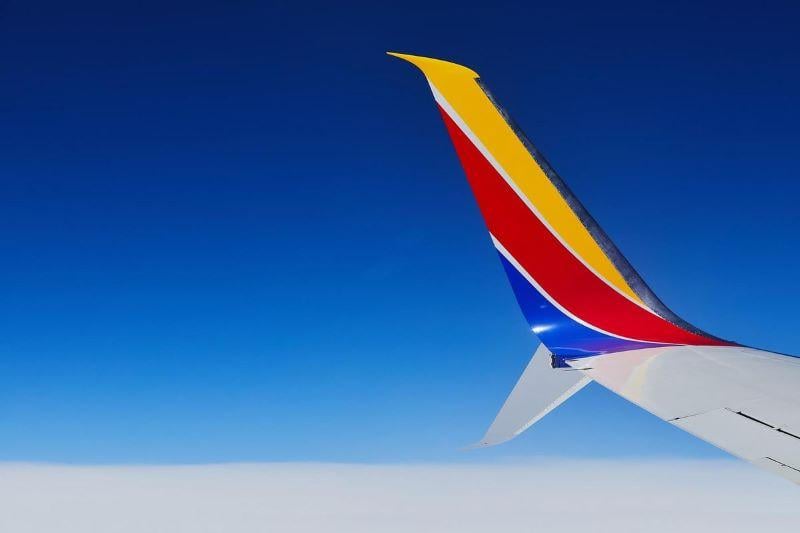Southwest Expands Major-Market, Business-Travel Positions With Chicago, Houston Service

Southwest Airlines’ plans to add Chicago O’Hare (ORD) and Houston Intercontinental (IAH) airports to its route map continue its push into the few top metro-area airports it did not serve—while better positioning the carrier for a rebound in business traffic.
Southwest confirmed Oct. 12 that it plans to launch services at O’Hare and return to Houston’s largest airport “in the first half of 2021.” It did not provide any details on schedules. Adding in September’s announced year-round service at Miami International, Southwest has added three of the top 15 U.S. airports ranked by 2019 enplanements to its network. It already serves 10 others.
While Southwest cut its teeth in secondary airports such as Chicago Midway, preferring to avoid congestion and head-to-head clashes with legacy carriers, the growing airline has long since shifted its focus to include major gateways. Before the COVID-19 pandemic, airports such as Boston Logan, San Francisco International and Washington-Dulles were part of Southwest’s network, added long after the carrier started service at smaller, less-congested, nearby airports.
Now, with the pandemic in full swing and traffic down 50% or more, congestion is no longer an issue. But as activity picks up, particularly business traffic, having a presence in as many major metropolitan airports as possible should help Southwest minimize its road back to 2019 traffic levels, while potentially grabbing new market share.
“Whereas the foundation of the airline was to lure people to use the highway to gravitate to its lower-priced service offerings, in densely populated areas Southwest can now be an alternative carrier to even more air travelers who value their time, particularly when highway congestion returns,” said William Swelbar, research engineer at the MIT International Center for Air Transportation. “Moreover, should population migration away from densely populated centers truly materialize, they can offer service to those no longer disposed to use the downtown airport and in many cases be close to the suburbs.”
While Southwest has never shied away from business traffic, its straightforward approach—no costly add-ons such as seat assignments, lounges, or premium seating—has not catered to it, either. Among the few exceptions was its 2019 decision to become a full global distribution system participant in Travelport’s Apollo and Worldspan systems. Southwest announced in May that it accepted corporate travel bookings with full reservation management functionality through both systems, boosting the carrier’s appeal to corporate travel managers.
“While we do not know when, or if, business travel circa 2019 might return, the carrier has taxied itself into position in virtually every business market to participate in those revenue flows, whatever they might be,” Swelbar said. “With the balance sheet being the competitive differentiator where cost was before, Southwest can afford to experiment more than others. The airline does not enjoy the same cost advantage as in the past, so being in position to attract all revenue mixes will prove important.”
The Dallas-based carrier has served Chicago since 1985 via Midway Airport, which ranked 28th in total 2019 enplanements. Adding O’Hare, the third-busiest airport in 2019 as measured by enplanements, opens up significant opportunities for Southwest to increase its presence in the Chicago market.
Houston presents a similar scenario. IAH ranked 14th overall in 2019 enplanements, significantly above Hobby’s 36th-place spot. It also was one of Southwest’s original destinations in 1971 before the carrier shifted operations to Hobby. It served both Houston commercial airports between 1980 and 2005.
In both moves, Southwest will be moving into territory dominated by United Airlines. In the 12 months ended February 2020, just before the COVID-19 pandemic began to wreak havoc with airline demand, United’s mainline business had a 31% share of passenger traffic at O’Hare, and a 50% share at IAH, U.S. Transportation Department figures show.
“This is not a gamble,” Swelbar said. “It’s a long-term strategy, and now they have markers down on red, black, odd and even numbers.”





